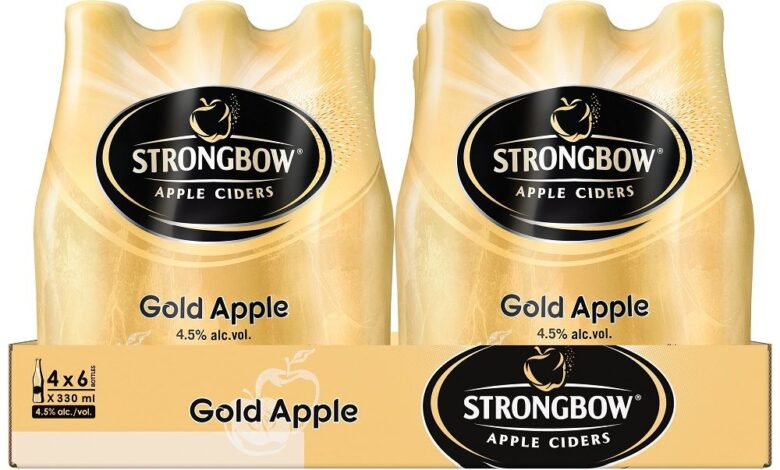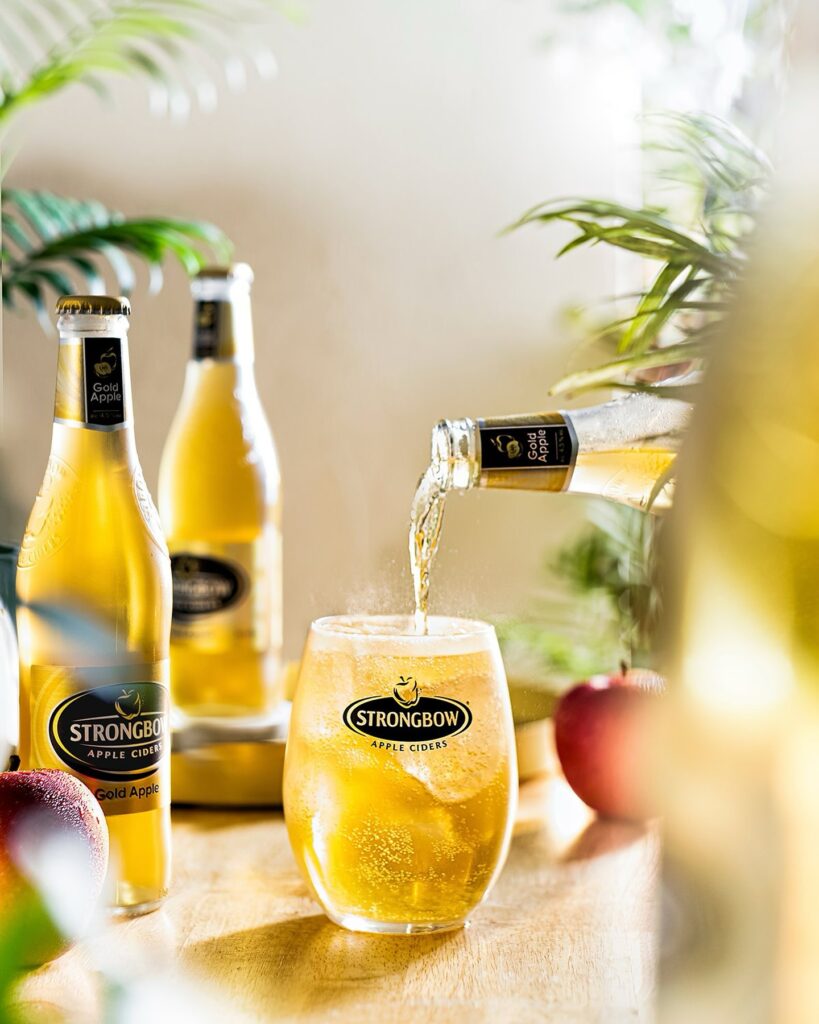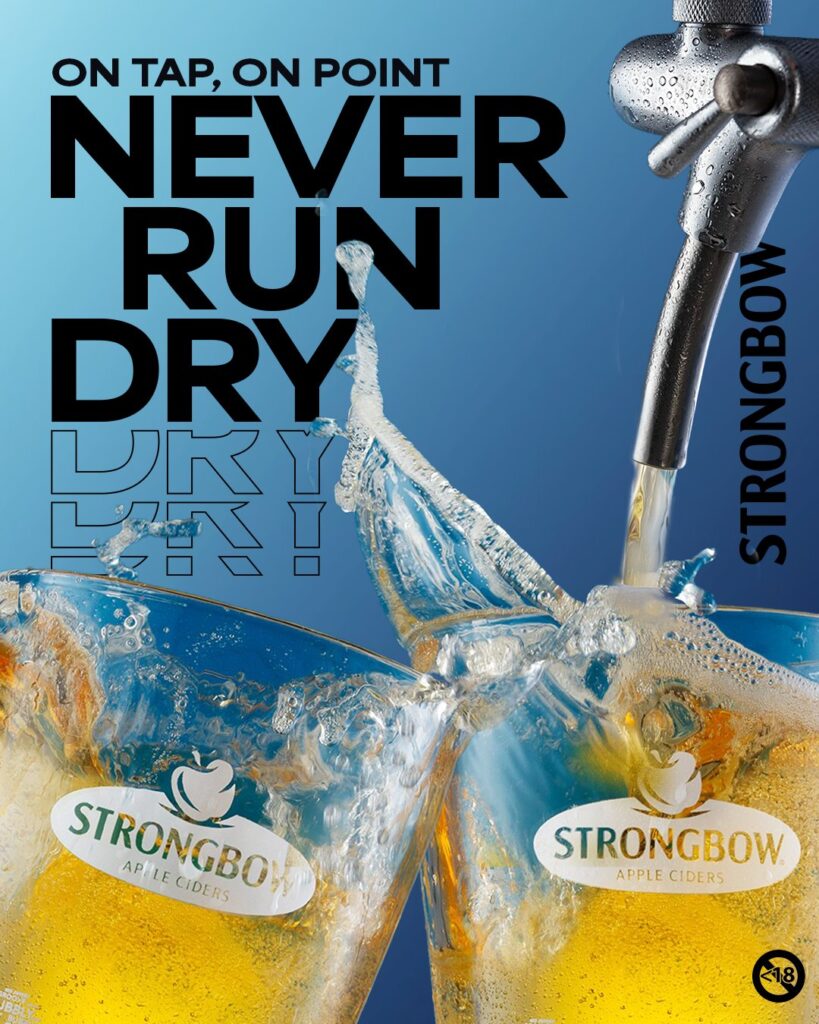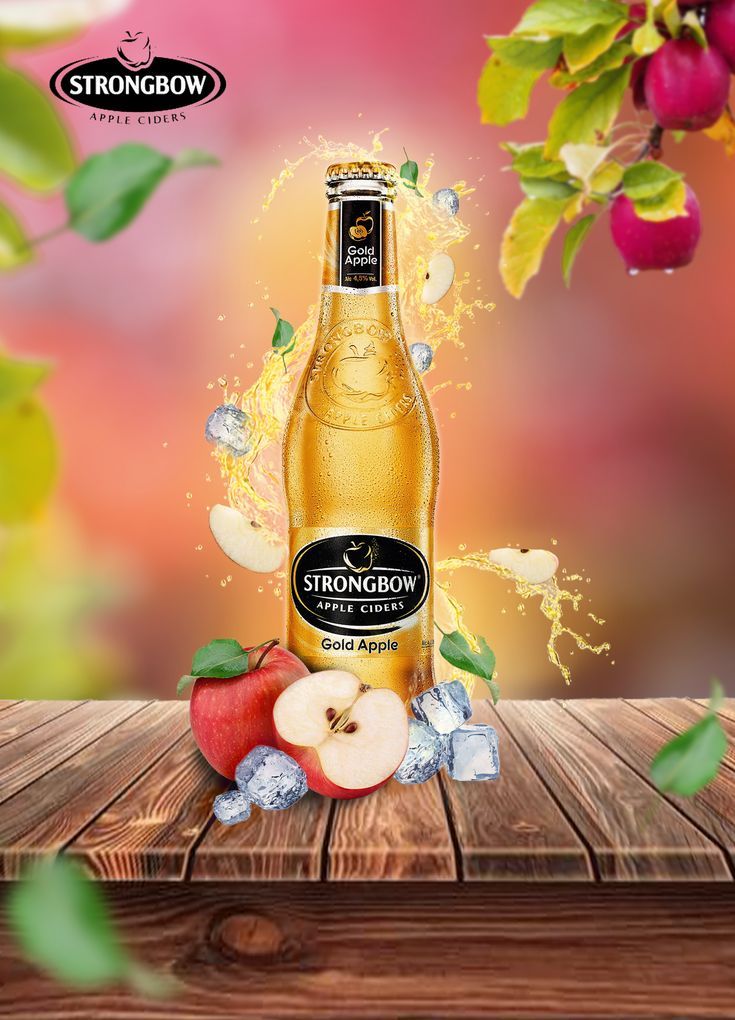Strongbow: How a Heritage Cider Became a Global Sensation

Strongbow: How a Heritage Cider Became a Global Sensation. For decades, Strongbow has been a dominant force in the cider industry, recognized for its crisp taste and strong brand identity. With its origins deeply rooted in tradition, the brand has managed to stay relevant in an evolving market by embracing innovation, strategic marketing, and global expansion. But what exactly fueled Strongbow’s rise to prominence? What key decisions and turning points solidified its status as a global cider powerhouse? This is the story of Strongbow’s journey—a tale of resilience, authenticity, and business acumen.
The Origins: Building on a Strong Foundation
Strongbow was first introduced in 1960 by H.P. Bulmer, a British cider company with a history dating back to 1887. Named after the medieval knight Richard de Clare, also known as “Strongbow,” the brand set out to create a premium dry cider that would stand out in the market. At the time, cider was largely viewed as a traditional rural drink, but Strongbow’s sleek branding and bold positioning helped redefine its image, making it appealing to a broader consumer base.
The lesson? A strong brand identity from the outset is crucial. Entrepreneurs should focus on developing a name, logo, and narrative that resonate with their target audience while standing out in the marketplace.

Scaling Up: The Power of Distribution
A major milestone in Strongbow’s growth came in the 1970s and 1980s when it secured widespread distribution across pubs in the UK. By positioning itself as a premium, refreshing cider, it quickly became a go-to drink for pub-goers. Strongbow’s ability to dominate the draught cider market in the UK stemmed from its strategic relationships with pubs and bars, ensuring that its product was readily available where consumers were most likely to try and enjoy it.
The takeaway here is that accessibility drives sales. Entrepreneurs should think about where their product is most likely to be consumed and focus on building strong distribution partnerships.
Marketing That Defined a Generation
In the 1990s and early 2000s, Strongbow revolutionized its marketing strategy, targeting a younger, urban audience through clever advertising campaigns. Memorable slogans like “Bowtime” helped solidify its reputation as a bold and refreshing cider.
One of the most significant marketing moves came in 2012 when Strongbow launched the “Earn It” campaign, celebrating everyday victories in an edgy, humorous way. The ads resonated with consumers, reinforcing Strongbow as the cider for hard-working individuals who deserved a moment of refreshment. This repositioning allowed Strongbow to stay relevant amid growing competition from craft and flavored ciders.
The marketing lesson here is clear: great storytelling matters. Brands that create compelling narratives around their products build stronger emotional connections with consumers.

Navigating Challenges: The Rise of Craft and Flavored Ciders
Despite its success, Strongbow faced challenges in the 2010s as the cider market shifted. The rise of craft ciders and an increasing demand for fruit-flavored options meant that Strongbow had to adapt or risk losing relevance.
Rather than resisting change, Strongbow embraced it. The brand expanded its portfolio, introducing new flavors such as Strongbow Dark Fruit and Strongbow Rosé to cater to evolving consumer preferences. This move allowed it to tap into the growing trend of sweeter, more accessible ciders while maintaining its classic dry cider offering.
For entrepreneurs, the lesson here is adaptability. Businesses must keep a pulse on consumer trends and be willing to innovate to maintain relevance.
Global Expansion: Making Cider a Worldwide Sensation
Strongbow’s success wasn’t limited to the UK. With the backing of Heineken, which acquired Bulmers in 2008, Strongbow expanded into international markets, including the United States, South Africa, and Australia. The brand’s ability to tailor its offerings to different markets—adjusting sweetness levels and flavor profiles to suit local tastes—was a key factor in its global success.
This underscores an important principle in business: successful expansion requires localization. Companies looking to scale globally must understand cultural preferences and tailor their products accordingly.

Sustainability and the Future
In recent years, Strongbow has placed a stronger emphasis on sustainability, aligning with growing consumer demand for environmentally responsible brands. The brand now sources apples from sustainable orchards and has invested in eco-friendly packaging initiatives. By integrating sustainability into its core values, Strongbow is positioning itself for long-term success while appealing to a new generation of conscious consumers.
The lesson? Sustainability isn’t just good for the planet—it’s good for business. Entrepreneurs should consider how integrating eco-friendly practices can enhance brand reputation and customer loyalty.
Key Takeaways for Entrepreneurs
- Strong Branding is Essential: A distinct and memorable brand identity can set a product apart in a crowded market.
- Strategic Distribution Matters: Getting your product in the right locations increases visibility and sales.
- Marketing Must Evolve: Staying culturally relevant through bold, relatable storytelling builds consumer loyalty.
- Adaptability is Key: Responding to market shifts and consumer preferences ensures long-term success.
- Global Growth Requires Localization: A one-size-fits-all approach doesn’t work—products must be tailored to regional tastes.
- Sustainability is a Competitive Advantage: Consumers are increasingly drawn to brands that prioritize environmental responsibility.

Conclusion
Strongbow’s rise from a British pub favorite to a globally recognized cider brand is a testament to strategic marketing, adaptability, and strong brand positioning. By embracing change, expanding intelligently, and staying true to its roots while evolving with the times, Strongbow has remained a dominant force in the cider space. For aspiring entrepreneurs, its journey offers valuable insights into building a brand that stands the test of time.


